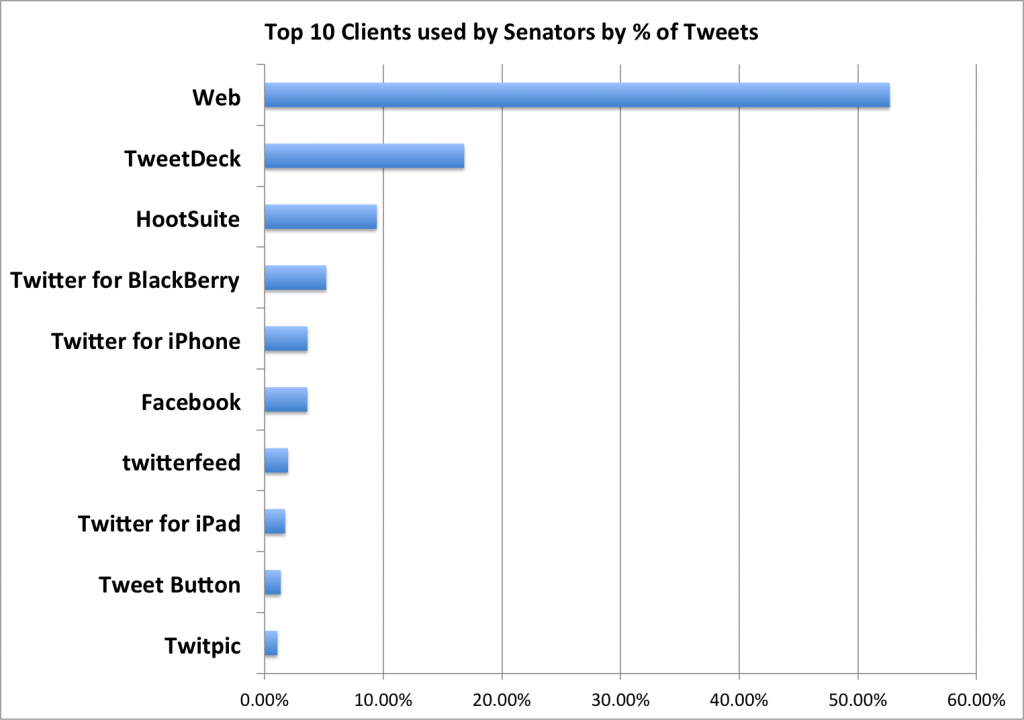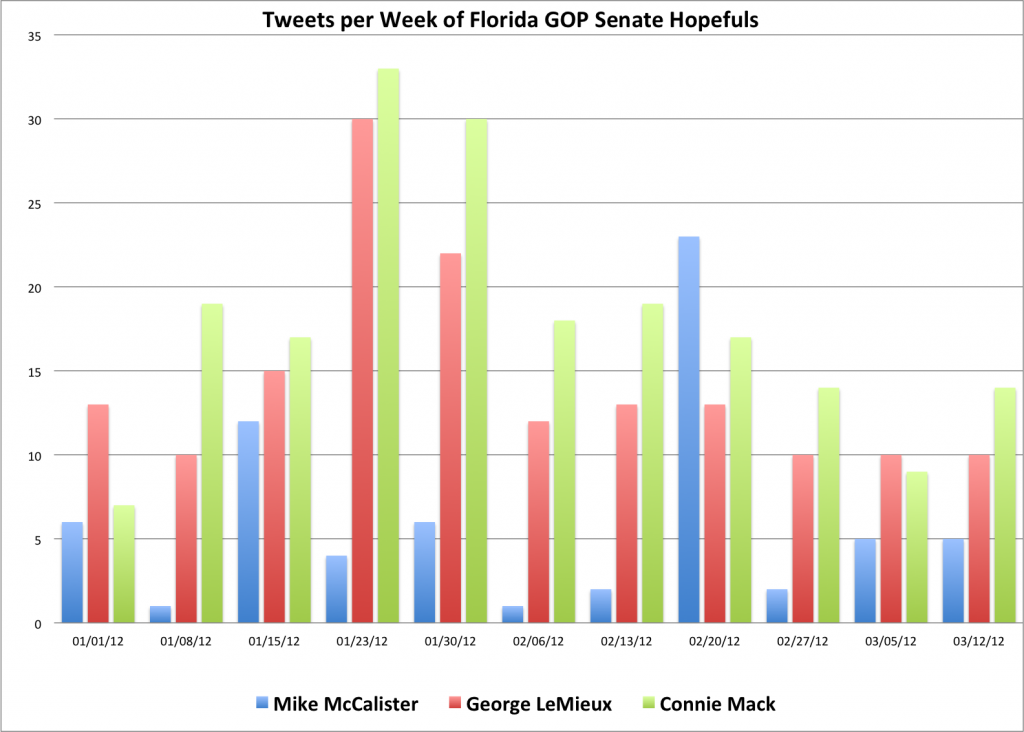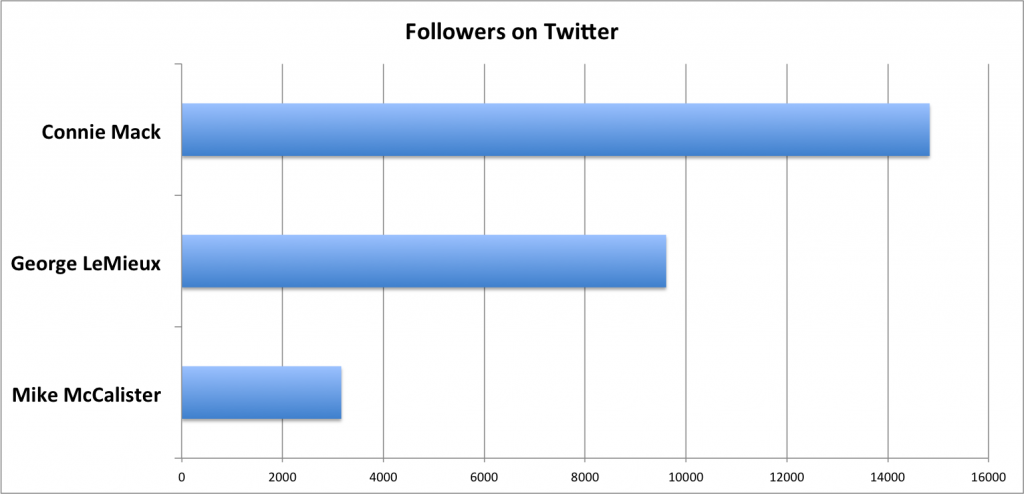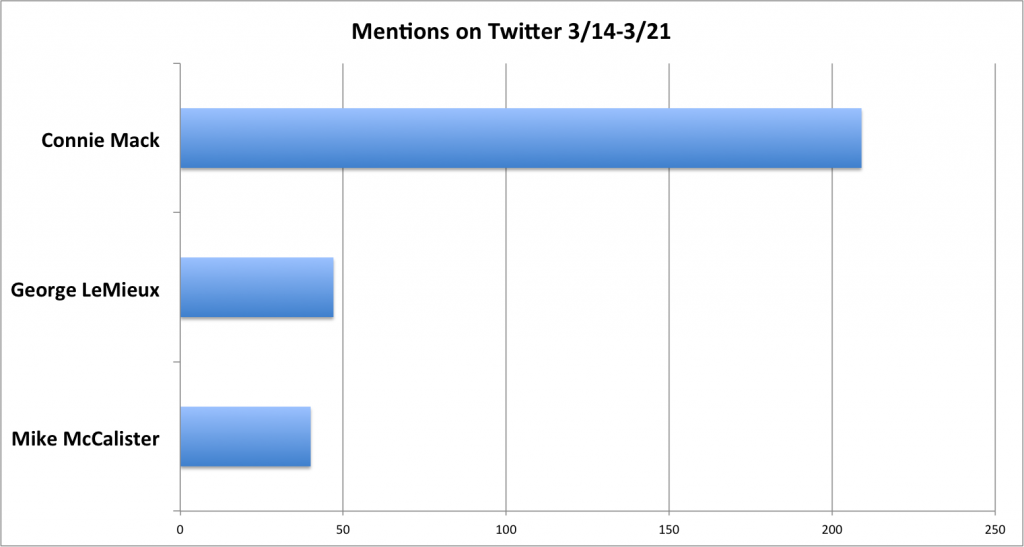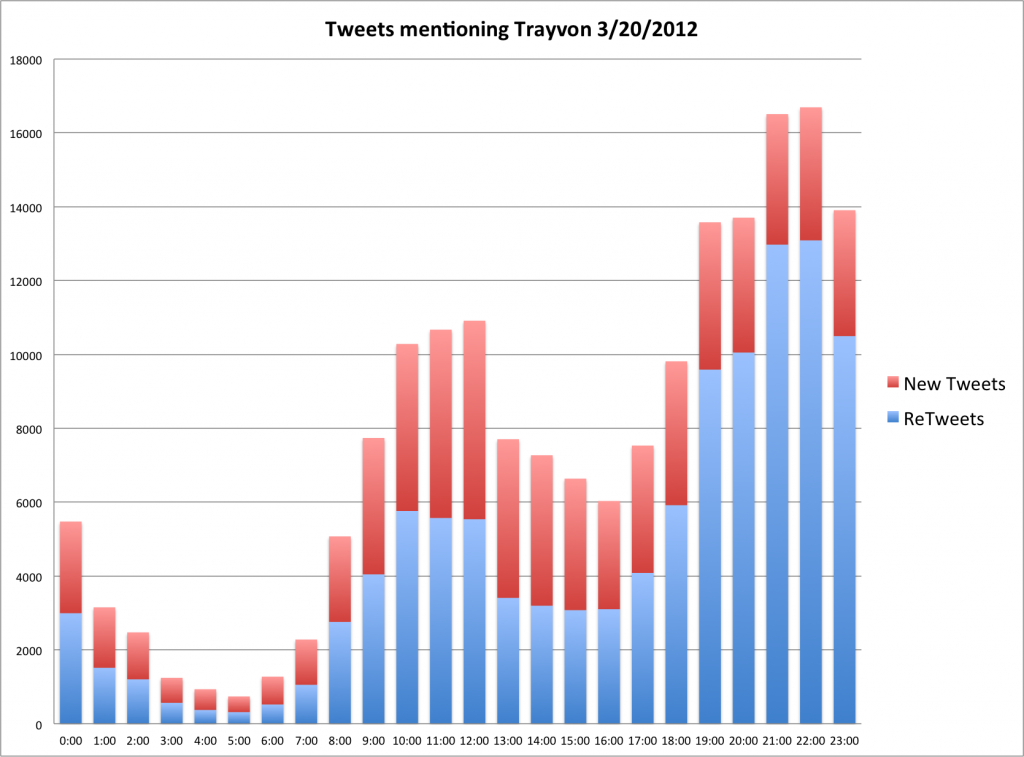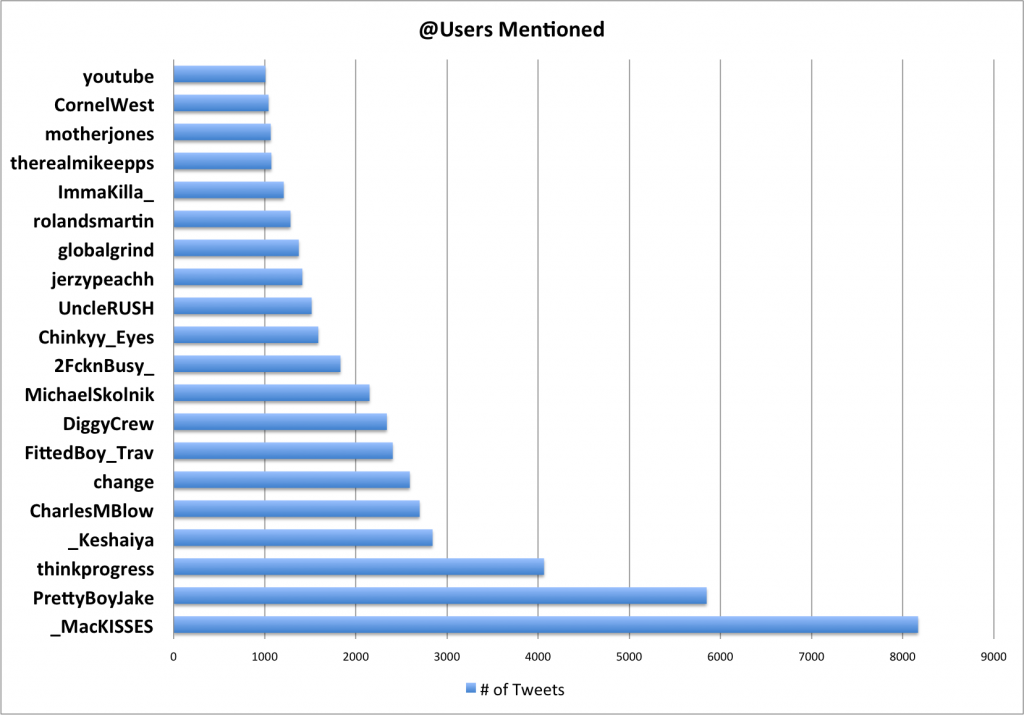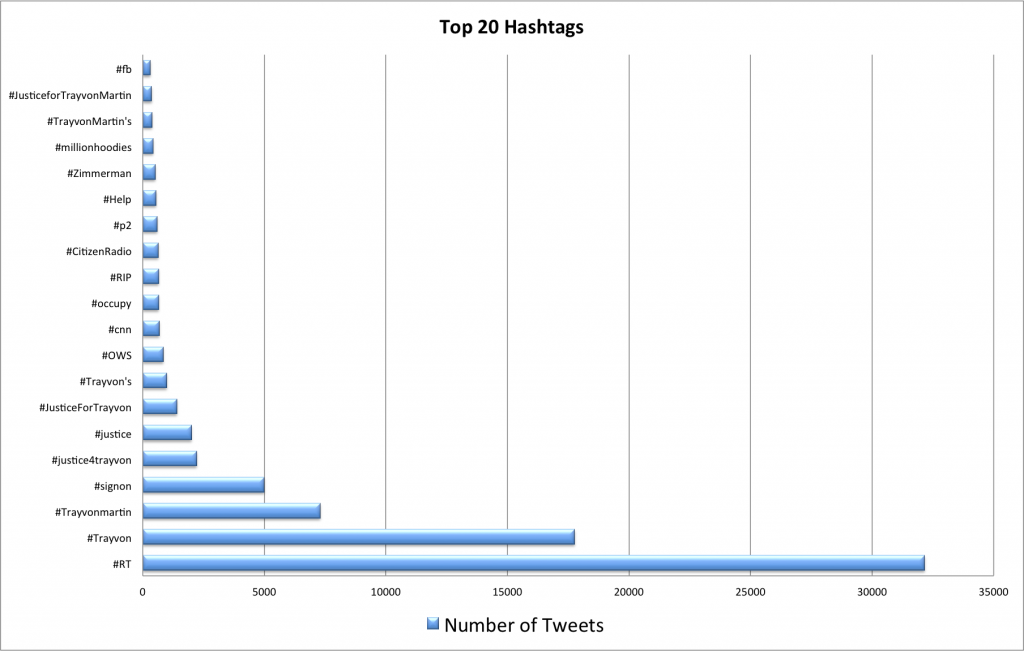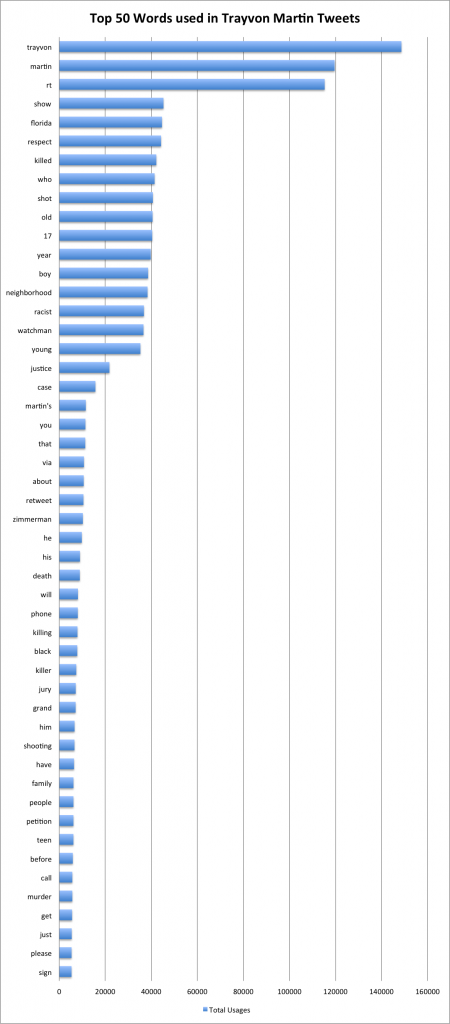I was curious what clients our US Senators were using to manage their twitter communications: something sophisticated? An integrated package that allowed them to track engagement?
Well … not really. For the most part, the Senators are using the web interface to Twitter:
The only software that counts as being reasonably sophisticated is Hootsuite, which is a web application that allows you to create, schedule, track, and analyze your tweets. Less than 10% of the tweets came through Hootsuite, though, with 21 senators using HootSuite for at least some of their messages. Congratulation to the 21 members of the avant garde!
I’m kind of surprised there isn’t some sort of best practices standard for senators to use for Twitter at this point. I can understand using a mobile client for in-the-moment tweeting — it’s great to capture spontaneous observations and (especially) photographs. But for back in the office (and often staffer driven) tweeting, using the web should only be a last resort.
With the disclaimer that I am only a satisfied customer, let me suggest why Hootsuite would be a better choice:
- It’s cheap
- It allows for better control over tweeting — you can have a bunch of staffers author proposed tweets but then one (or more) approve them
- It allows you to schedule tweets. If you have a brainstorm at 3am, it’s probably not the time to send that tweet (unless you are working on new insomnia legislation 🙂 )
- It allows you to track engagement with tweets. When people click on the links (there’s a link in every tweet, right? right?), you know which tweet did it. That helps you be a better Twitter user
- It gives you reports on your Twitter usage and engagement.
- You look more professional, and I won’t call you out on using the web. You don’t want to be a white-belt Twitter user forever.
- Did I mention it allows you to track your engagement? And it’s cheap?
Methodology:
The boring stuff: For each of the Senators who have a twitter account (see here), I retrieved their most recent 200 tweets (For Senator Inhofe, that goes back to 2008!) and tallied up what client was used for each.

